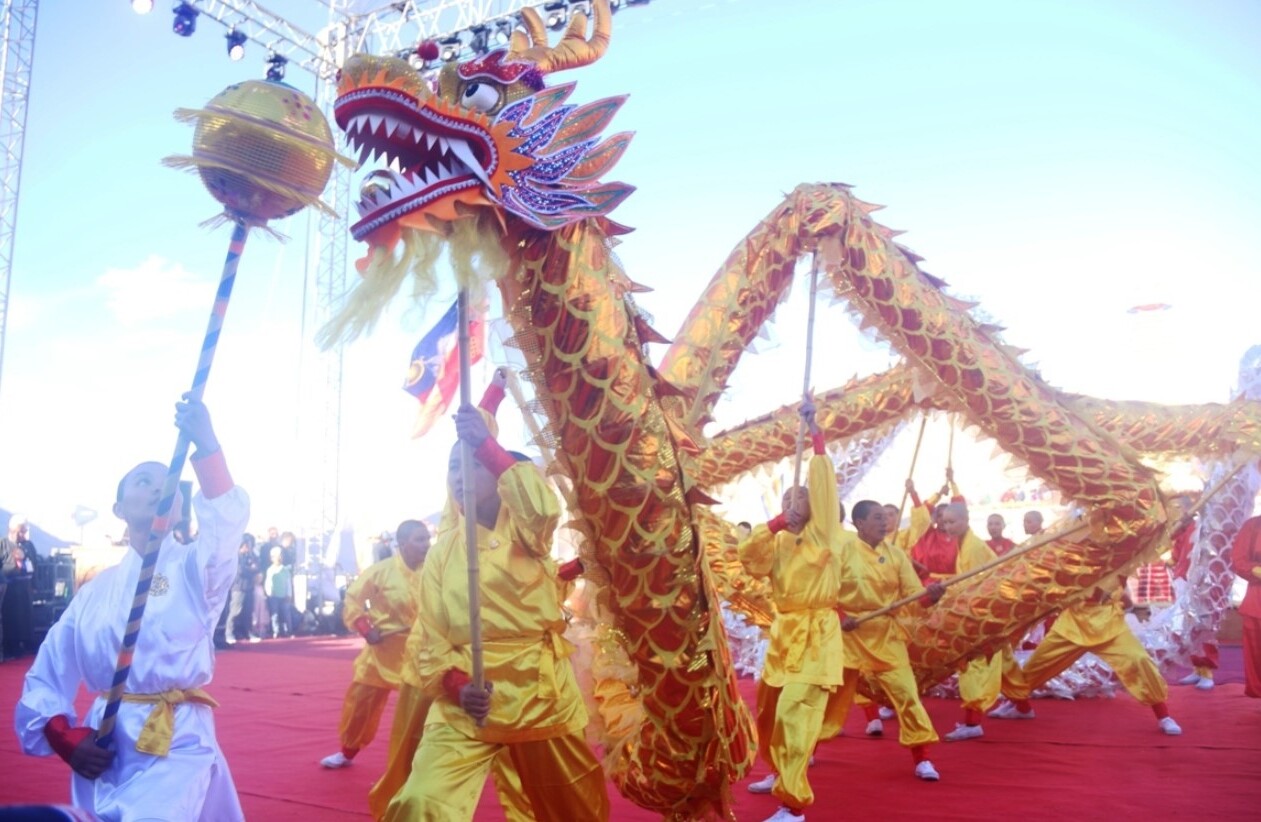
What is the Drukpa Lineage? The Drukpa Lineage is a branch of Tibetan Buddhism known for its unique practices and rich history. Originating in the 12th century, it was founded by Tsangpa Gyare Yeshe Dorje. The name "Drukpa" means "Dragon" in Tibetan, symbolizing power and enlightenment. This lineage emphasizes meditation, compassion, and wisdom. Its followers are spread across the Himalayas, including Bhutan, where it is the state religion. The Drukpa Lineage has produced many revered masters and continues to influence Buddhist practices worldwide. Understanding the Drukpa Lineage offers insight into a tradition that blends spirituality with cultural heritage.
Key Takeaways:
- The Drukpa Lineage, a school within Tibetan Buddhism, was founded in the 12th century and emphasizes compassion, wisdom, and interconnectedness. Its unique practices and teachings have had a significant impact on Bhutan and parts of India.
- The current Gyalwang Drukpa, the 12th incarnation, is known for his humanitarian efforts, and the Drukpa Lineage has modern initiatives promoting gender equality and environmental conservation through the Kung Fu Nuns.
The Origins of Drukpa Lineage
The Drukpa Lineage is a prominent school within Tibetan Buddhism. It has a rich history and unique practices that set it apart from other traditions.
- The Drukpa Lineage was founded by Tsangpa Gyare Yeshe Dorje in the 12th century.
- The name "Drukpa" means "Dragon" in Tibetan, symbolizing the thunderous teachings of the lineage.
- Tsangpa Gyare Yeshe Dorje was a disciple of Ling Repa, a renowned yogi and poet.
- The lineage is part of the Kagyu school, one of the four major schools of Tibetan Buddhism.
Key Figures in Drukpa Lineage
Several important figures have shaped the Drukpa Lineage over the centuries. Their contributions have been pivotal in maintaining and spreading the teachings.
- Gyalwang Drukpa is the title given to the head of the Drukpa Lineage.
- The current Gyalwang Drukpa, the 12th incarnation, is known for his humanitarian efforts.
- Pema Karpo, the 4th Gyalwang Drukpa, was a prolific scholar and writer.
- Shabdrung Ngawang Namgyal, a key figure in Bhutanese history, was a Drukpa master.
Unique Practices and Teachings
The Drukpa Lineage has distinct practices and teachings that emphasize compassion, wisdom, and the interconnectedness of all beings.
- The practice of "Naropa's Six Yogas" is central to the Drukpa Lineage.
- Drukpa practitioners often engage in long retreats to deepen their meditation practice.
- The lineage emphasizes the importance of both study and practice.
- Compassionate action, known as "Engaged Buddhism," is a core principle.
Influence and Spread of Drukpa Lineage
The Drukpa Lineage has had a significant impact on the regions where it has spread, particularly in Bhutan and parts of India.
- The Drukpa Lineage is the state religion of Bhutan.
- Hemis Monastery in Ladakh, India, is a major center for Drukpa teachings.
- The lineage has established numerous monasteries and nunneries across the Himalayas.
- Annual festivals, such as the Hemis Festival, celebrate Drukpa teachings and culture.
Modern Contributions and Initiatives
In recent years, the Drukpa Lineage has been involved in various modern initiatives, blending ancient wisdom with contemporary issues.
- The Live to Love movement, founded by the current Gyalwang Drukpa, focuses on humanitarian projects.
- Drukpa nuns, known as the Kung Fu Nuns, promote gender equality and environmental conservation through their activities.
The Drukpa Lineage's Rich Legacy
The Drukpa Lineage stands out with its unique blend of spiritual practices and cultural heritage. From its origins in Tibet to its influence across the Himalayas, this lineage has left a lasting impact on Buddhism. The Drukpa teachings emphasize compassion, wisdom, and environmental stewardship, making them relevant even today. The annual Naropa Festival showcases the rich traditions and vibrant rituals that define this lineage. With a focus on gender equality and social welfare, the Drukpa Lineage continues to inspire many. Whether you're a spiritual seeker or a history buff, the Drukpa Lineage offers a fascinating glimpse into a world where ancient wisdom meets modern values. Dive deeper into their teachings and discover how they can enrich your life.
Frequently Asked Questions
Was this page helpful?
Our commitment to delivering trustworthy and engaging content is at the heart of what we do. Each fact on our site is contributed by real users like you, bringing a wealth of diverse insights and information. To ensure the highest standards of accuracy and reliability, our dedicated editors meticulously review each submission. This process guarantees that the facts we share are not only fascinating but also credible. Trust in our commitment to quality and authenticity as you explore and learn with us.
